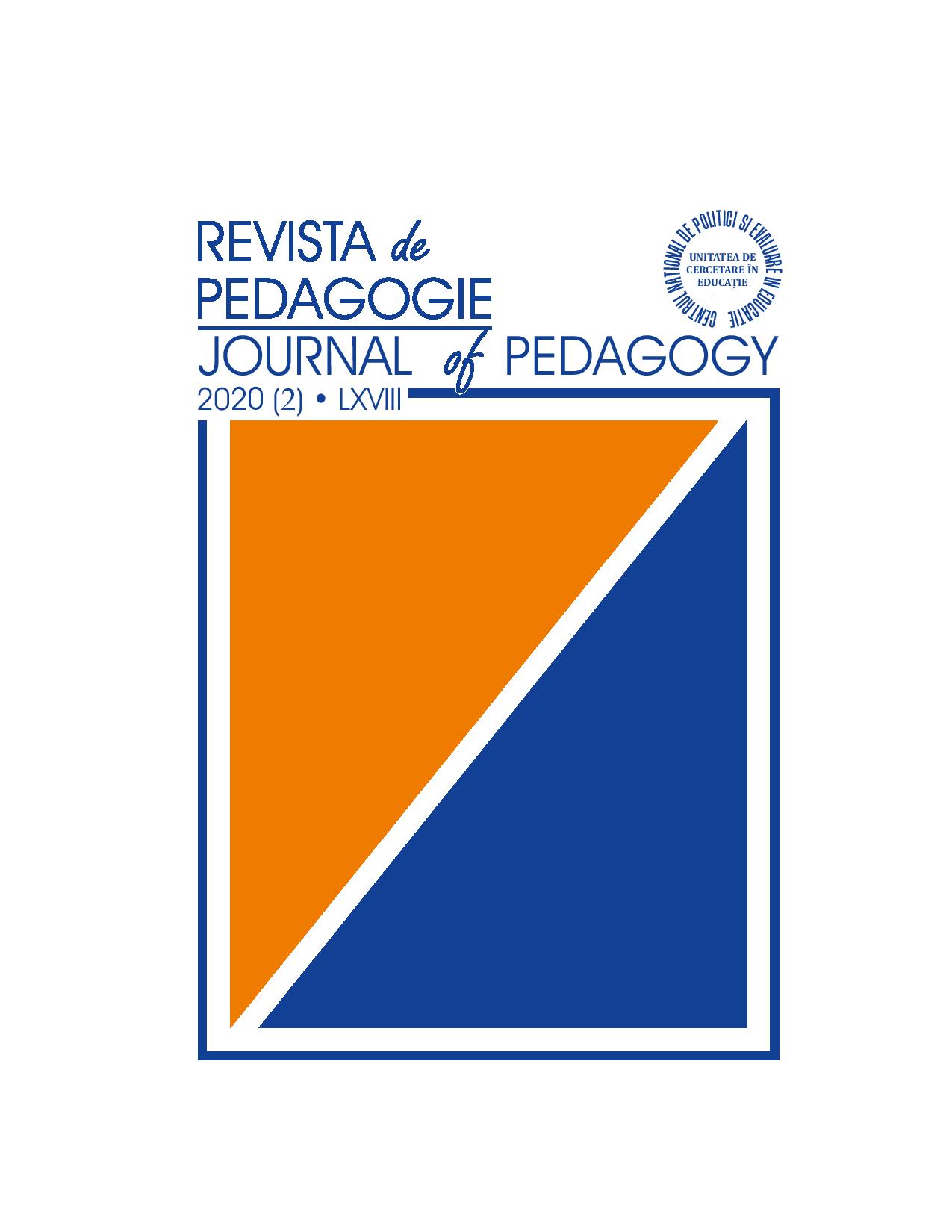Activitățile tehnico-științifice din cadrul Palatelor și Cluburilor Copiilor, alternative educaționale pentru formarea competențelor în știință și tehnologie
SCIENCE AND TECHNOLOGY ACTIVITIES IN THE CHILDREN’S PALACES AND CLUBS: EDUCATIONAL ALTERNATIVES FOR SPECIFIC COMPETENCY DEVELOPMENT
Author(s): Jenő KEREKESSubject(s): Social Sciences, Education
Published by: Centrul Național de Politici și Evaluare în Educație
Keywords: children’s palaces and clubs; competences; extracurricular activities; interdisciplinarity; science and technology;
Summary/Abstract: The present study focuses on the role; importance and complementarity of science and technology extracurricular activities. The research is based on the analysis of the students’ views on how the science activities should be conducted in Children’s Palaces and Clubs; namely which topics should be explored and how the activities should be organised. An online questionnaire was designed for data collection (N=3945). The research design included opinions from specialized literature. Thus; the success of the extracurricular activities increases in direct proportion to the approached topics; didactic strategies and the community involvement – parents; schools – with relevant experiences in carrying out the activities (Albulescu & Catalano; 2019). And as far as the organization of this type of activity is concerned; the following should be considered: the pupils’ age level characteristics; their psychological needs; and the specific inclinations and interests (Cucoº; 2017). The science and technology activities include the curricular areas involved in a coherent learning paradigm; which is based on practical applications that are used in everyday life (Albulescu; 2014). The current legislation also supports an innovative way of carrying out extracurricular activities.The findings show us the important role of the technical and scientific extracurricular activities; which along formal education help to improve learners’ results; furthermore; they are complementary for the development of competences in science and technology. This study helps in the analysis of the strengths and weaknesses of the extracurricular activities; and the results tell us about the needs of the pupils and to what extent the use of the pupil-centered educational strategy will help to achieve better results in education and reduce school dropout. This is a confirmation that complex educational objectives require the combination of curricular with extra-curricular activities (Bocoş & Jucan; 2017).
Journal: Revista de Pedagogie
- Issue Year: LXVIII/2020
- Issue No: 2
- Page Range: 143 - 164
- Page Count: 22
- Language: English, Romanian

